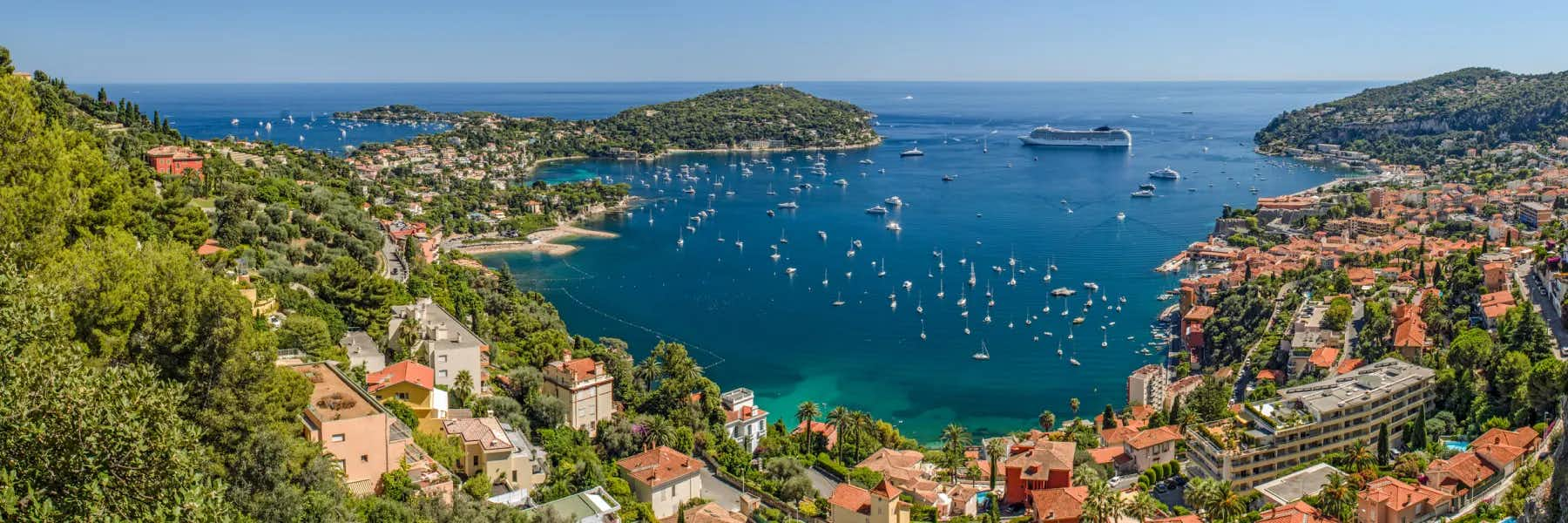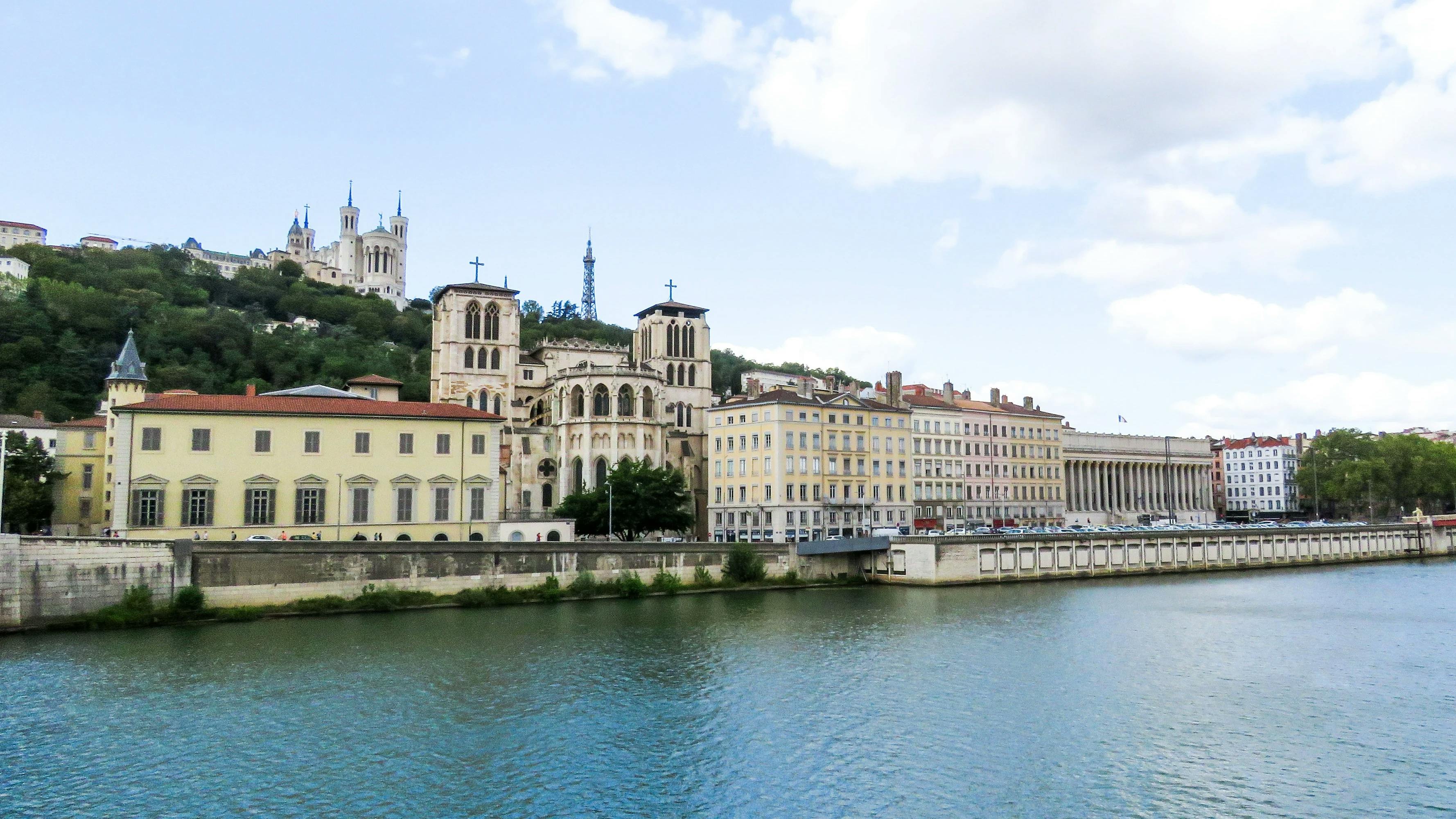France generally enjoys cool winters and mild summers except along the Mediterranean where mild winters and hot summers are the norm.
Average winter temperatures range from 32° F to 46° F and average summer temperatures from 61° F to 75° F. For the most warmth and sunshine go to the south of the country. The Provence and Languedoc regions are characterized by mild winters and blisteringly hot summers.
Along the north and central regions, Paris has cool and fairly rainy winters, though summers here are usually hot.
Winters are a lot colder in the eastern regions of Alsace-Lorraine and in the mountainous regions of the Alps, the Pyrénées, and the Massif Central.
Bordering the Atlantic Ocean and the English Channel, western France has a temperate Atlantic climate, characterized by relatively mild winters (with average temperatures of 45° F). The chance of sea fog and fine rain is a regular feature of the climate. This area gets an average of 200 days of rainfall per year.
Brittany, in the far west, is the rainiest location of all, especially between October and November. Summers here aren’t overly hot either with the average temperature being 61° F.
As you travel south along the Atlantic Coast the weather gets milder and more pleasant. Spring rainfall is still plentiful, but summers are more likely to be warm and dry. Here sunny days are plentiful throughout the fall.
Farther east, toward the Alsace region, the country enjoys a drier, sunnier climate, but winters can be very cold. In the Massif Central the climate is harsh and cold.
France’s Mediterranean coastline rejoices in hot summers and it’s usually very mild throughout winter too. The region does however get battered by the mistral wind. Cold in winter, warm in summer, this blustery wind blasts down the Rhône Valley toward the Riviera. Winters here are the warmest you’ll find in France.
Abundant winter snow, yes, but the weather in the French Alps varies from north to south. The northern Savoy Alps can get quite a lot of rain year round and temperatures stay fairly low. During the warmer season, winds blow along this region’s valleys and by midday clouds have formed around most mountain summits.
The Southern Alps bordering Provence have a more typical Mediterranean climate, with lots of sunshine, dry weather, clear skies, and no mist or fog. Storms may occasionally occur, but they are always followed by sunny spells.
Get Your Free France Report Here
Get Your Free France Report Here
Learn more about France and other countries in our daily postcard e-letter. Simply enter your email address below and we’ll send you a FREE REPORT: A Taste of France: All the Ingredients for the Good Life.
By submitting your email address, you will receive a free subscription to IL Postcards and special offers from International Living and our affiliates. You can unsubscribe at any time, and we encourage you to read more about our Privacy Policy.















